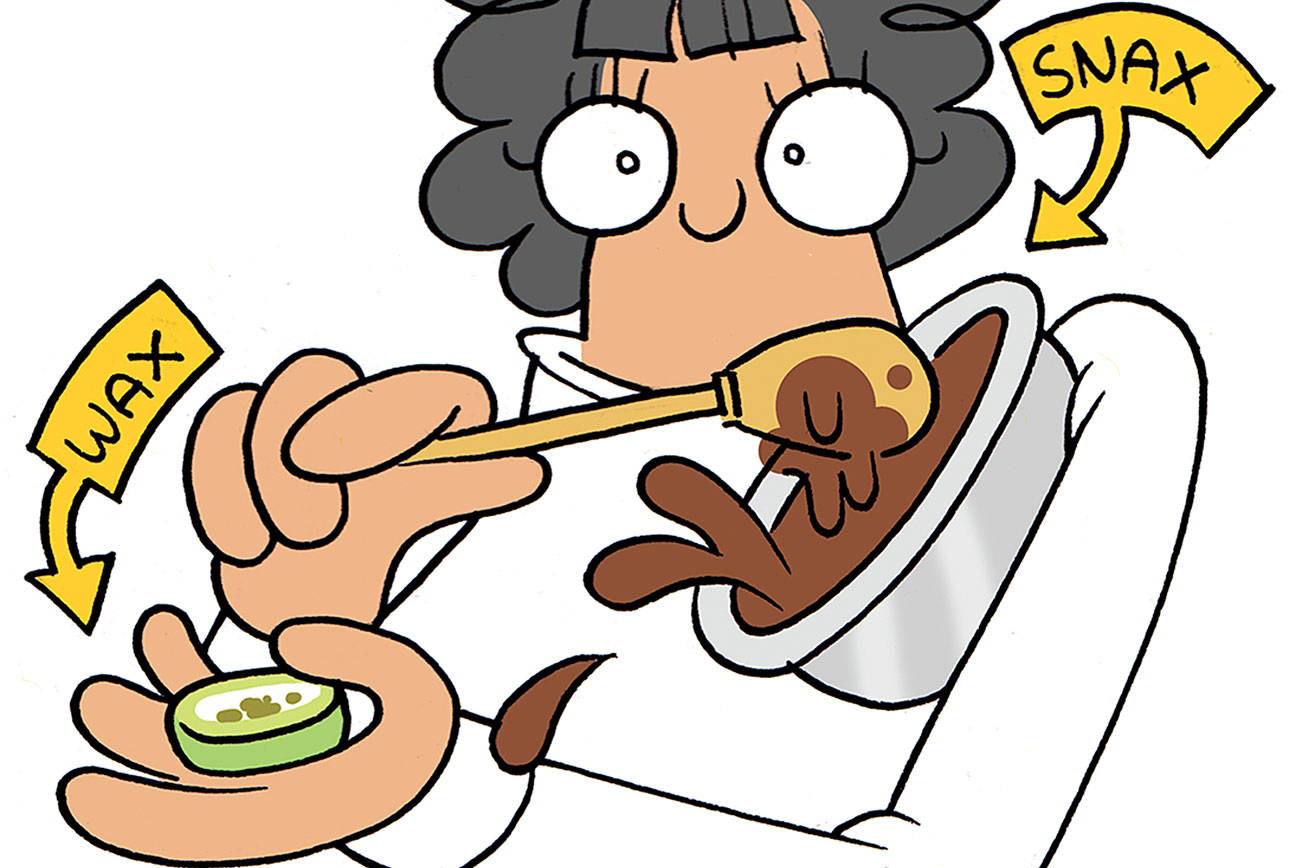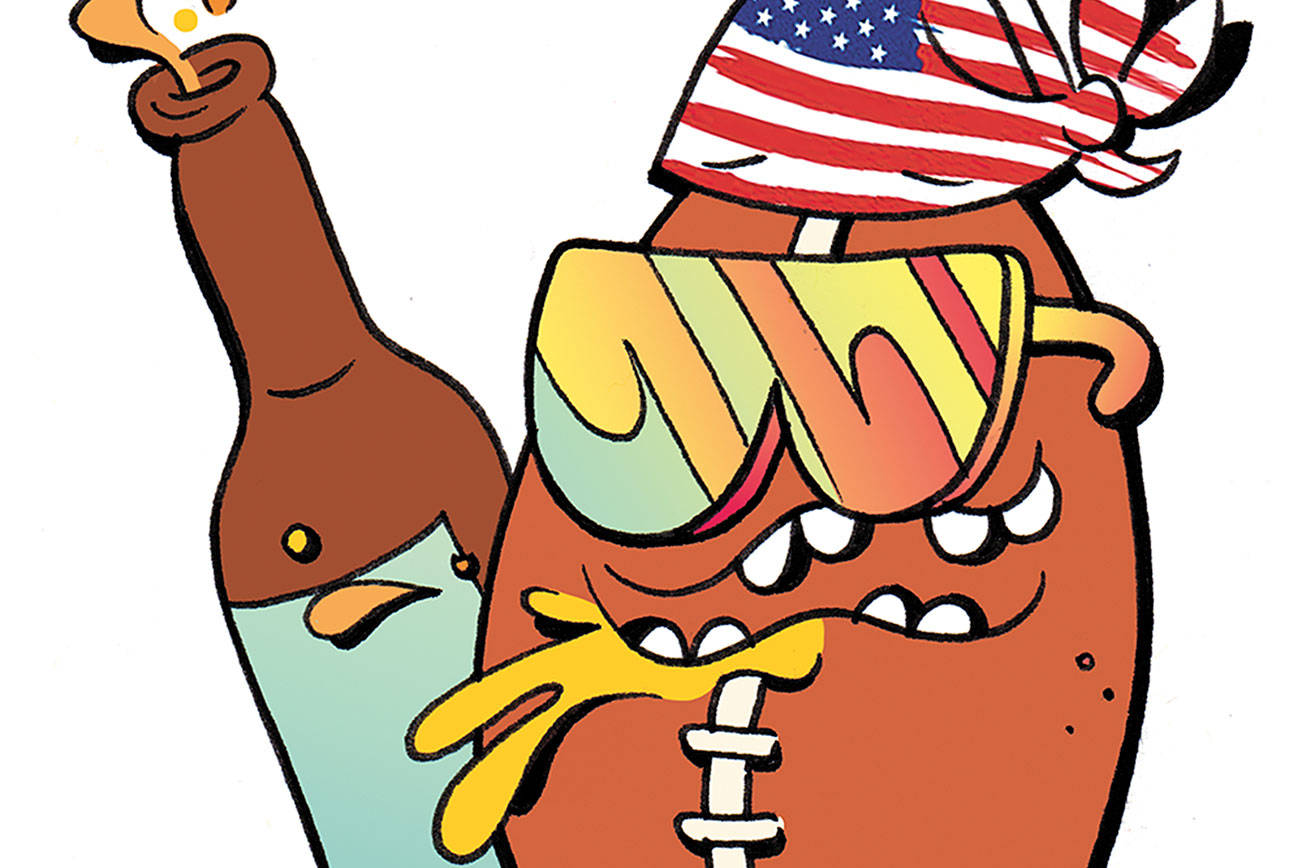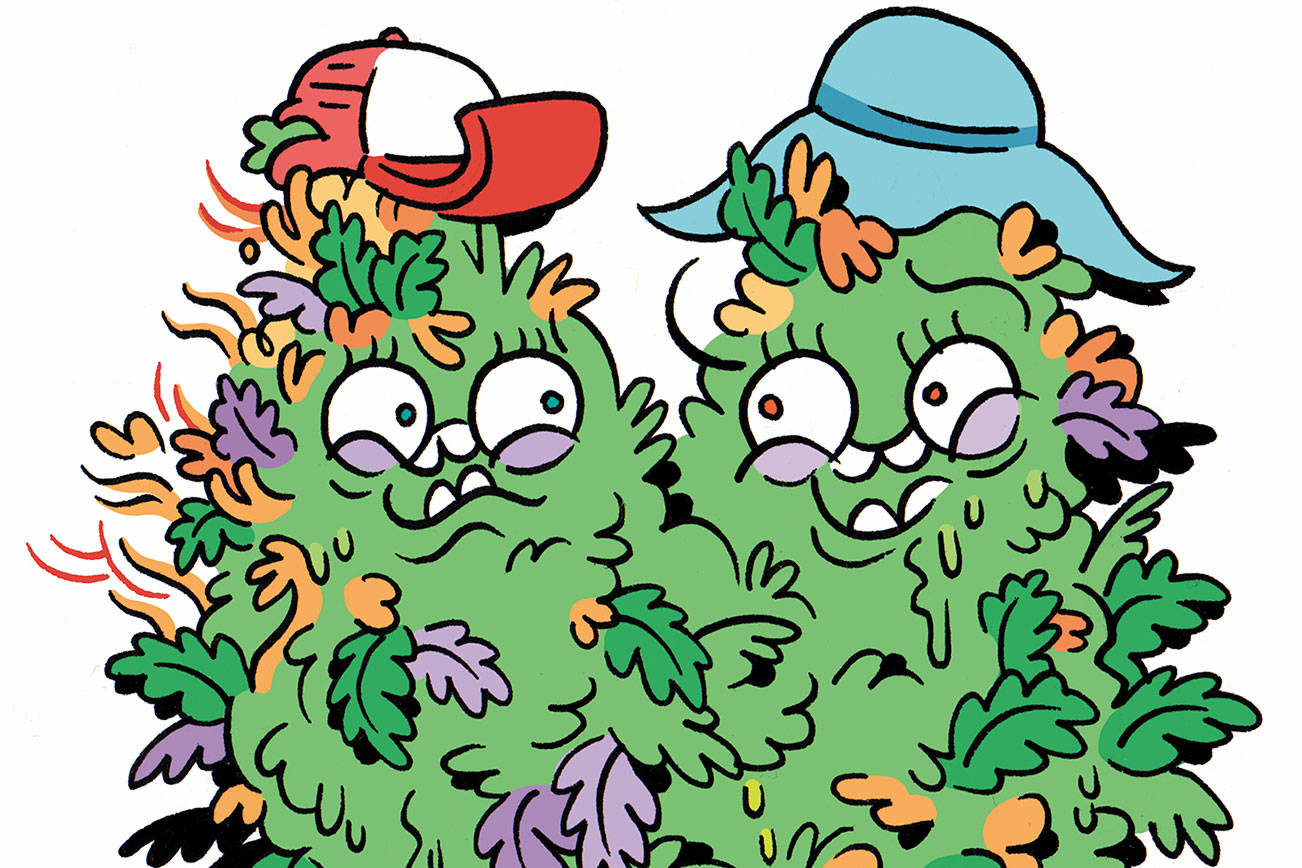In the Cannabaceae plant family, there are three main branches: Cannabis ruderalis and Cannabis indica, which both grow as shrubby little bushes, and Cannabis sativa, which tends to grow long and leggy, almost like a little tree. These days, sativa strains are popular for inducing cerebral highs and a zap of energy. But before there was Sour Diesel, Lemon Haze, Alaskan Thunder Fuck, there was the OG sativa strain: hemp.
We don’t know how long humans have been hanging out with Cannabaceae, but we know people first spun hemp into a fiber around 10,000 years ago, and it was one of the very first plants humans used for that purpose. Long and strong, sativa was ideal for the task. It is the kind of material that industry could and should be built on. But Americans have long been left out of the hemp game. Now that is starting to change.
The discovery of hemp literally changed the course of human development. Our word “canvas” comes from cannabis, and the word hamper, i.e., a strong cloth bag, comes from hemp. Hemp ropes and sails were used by seafaring civilizations for centuries and were often the only equipment strong enough to make the long treks that shaped world history. Also used for making paper, clothing, food, biofuel, and more, hemp has been grown as an agricultural and industrial crop for much of the course of human history.
Hemp has a high CBD content and fairly low THC content, but because of that THC it was made illegal when cannabis was prohibited in the United States in 1937. Since then, any and all hemp production and exploration has been at a near-standstill. Yet as cannabis enthusiasts pushed open doors across the country in recent years, so too did numerous industries around the country begin to explore hemp’s future, with or or without the federal government’s permission.
Then in 2014 Obama passed the Agricultural Act, which allows states to grant permission to those who seek to grow hemp for research. Since then, 30 states have passed some sort of legislation opening access to hemp, and 16 of those have made commercial production lawful, going beyond the initial rights granted by the Agricultural Act. This is important. Currently, our country supports a hemp-based economy of around $650 million a year. Products like milk, food supplements, clothing, packaging, and more are all derived from hemp. But because hemp is still illegal on the federal level, nearly all the hemp that goes into those products is imported—not grown here, where it could be supporting the farming industry.
The Industrial Hemp Farming Act, a bipartisan bill, has been floating around Washington, D.C., for a couple of years now. If passed, it would make growing and producing hemp legal for all farmers. I’ve got my fingers crossed. Hemp has done right by us for 10,000 years. We can’t turn our backs on our plant buddies now.
stashbox@seattleweekly.com







